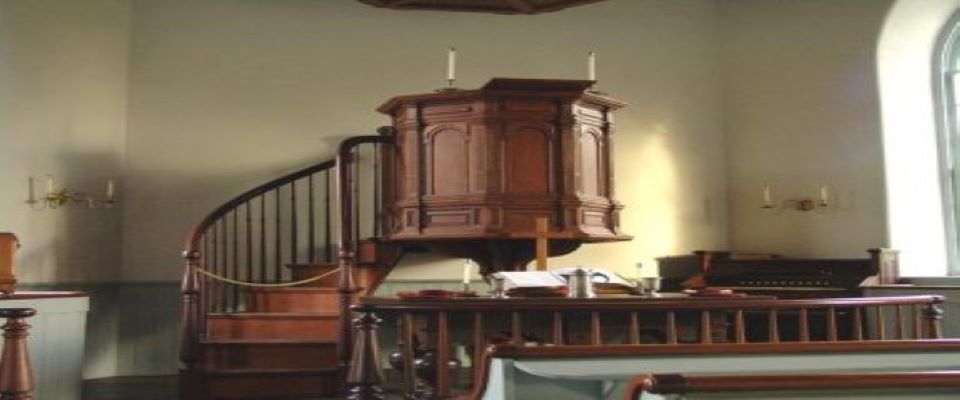Golgotha
Κρανιον
“And when they had come to the place called Calvary, there they
crucified Him, and the criminals, one on the right hand and the other on the
left.” (Luke
23:33, NKJV)
The
Greek word Golgotha and the Aramaic word Gulgalta mean “the skull.” This term
or word is found in three (3) places in the New Testament, Matthew 27:23; Mark
15:22; and John 19:17. It is interpreted as kraniou
topos, or “the place of a skull.” In Luke 23:33 it is called “Calvary”
which comes from the Latin Vulgate, calvaria,
which means “skull.”
From
what little information that we have from the New Testament this place seems to
outside of the city of Jerusalem (Hebrews 13:12.) It was close enough to the
city to be visible from some parts of the city. Although we are not told this
is why it is referenced as a “hill.”
Why
is it called “the place of a skull, or “the skull?” There seems to be at least three (3) reasons
for this name.
Locality of Skulls
Some
have suggested it was named this because it was a place where “skulls” were
found lying around. This may have been because it was thought to be a place of
execution.
Likeness of Skulls
The
second reason may have been because of the “skull-like” shape of a hillside. First
of all it is important to note that none of the early church fathers suggested
this reason. Secondly, the New Testament does not suggest that the crucifixion
took place on a hill or hillside.
Legend of Skulls
The
third reason seems to be a little far-fetched, but it has been bantered around
from the time of Origen, (ca. 185-254) It seems there was a legend that the
skull of Adam had been found in that location. This is the oldest reason that
has been given for the name.
The
New Testament sheds absolutely no light on the location of Calvary or the burial tomb of Jesus. However, a “traditional”
site has been advanced and is known as “Gordon’s Calvary. If one looks close
enough at a photograph one can “see” the shape of a human skull in the rocky
hillside. It must be stated that the “eye holes” and the rounded top are not
natural. They are the result of ancient excavations. Which brings us back to
where many have started. We are not sure where the crucifixion and burial took
place. Praise be to the living God we don’t need to know the exact spot. We
rejoice in the fact that the inspired text tells that that Jesus Christ was
brutally slaughtered outside of the city of Jerusalem as the means of
satisfying the wrath and judgment of His father against sin.



10 comments:
Very interesting! Thanks for shedding some light on Golgatha. Funny how we mistake some places for truth without digging into the Word to actually verify them. Happy Saturday! ☺
Very enlightening Gregg, you certainly do your homework.
Thanks for your visits and comments I do appreciate them.
Yvonne.
Gregory: I really like your theme. It's a blessing to learn new things about the Bible every day. How appropriate to talk about Golgotha on Easter weekend. Perfect timing. God's timing.
Thank God for Golgotha, and Easter. Have a happy Easter, Gregg.
I like the theory that Adam's skull was found here, but it sounds too neat, I suppose. Christ, the second Adam, dying and/or being buried in the exact spot where Adam died/was buried. But then, God certainly could have arranged it so!
Amenn again brother
Amen to your last sentence. Have a blessed Easter, Gregg.
Great G post, Gregg, and if I haven't already done so, I'd like to with you the most joyful Easter!
Hi, Gregory!
Really appreciate the history lesson! Learned something new today!
Great theme for the letter "G".
I have been to this spot, and it is quite remarkable. Skull Rock is not high on a hill at all, but by the roadside. That's the way the Romans seemed to want it, so passers-by could see the crucifixions.
What a sacrifice. What a price He paid. And all because He saw us as worth it all.
Post a Comment